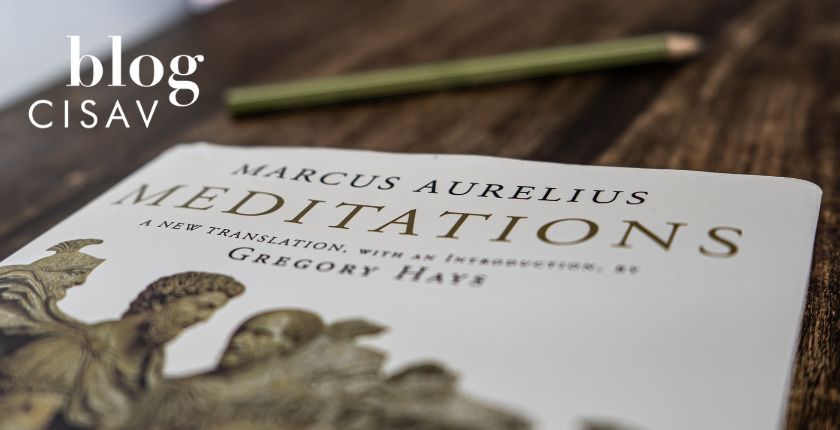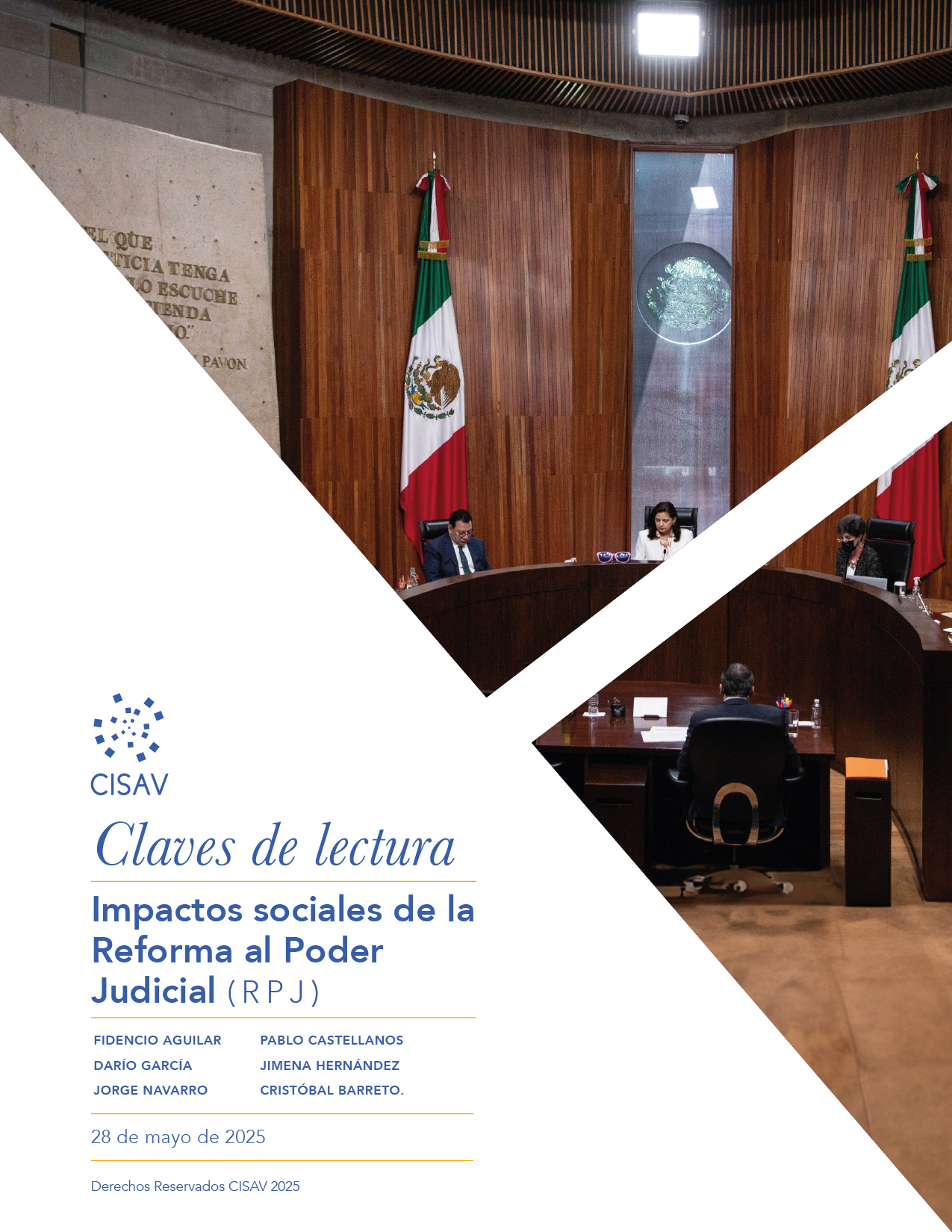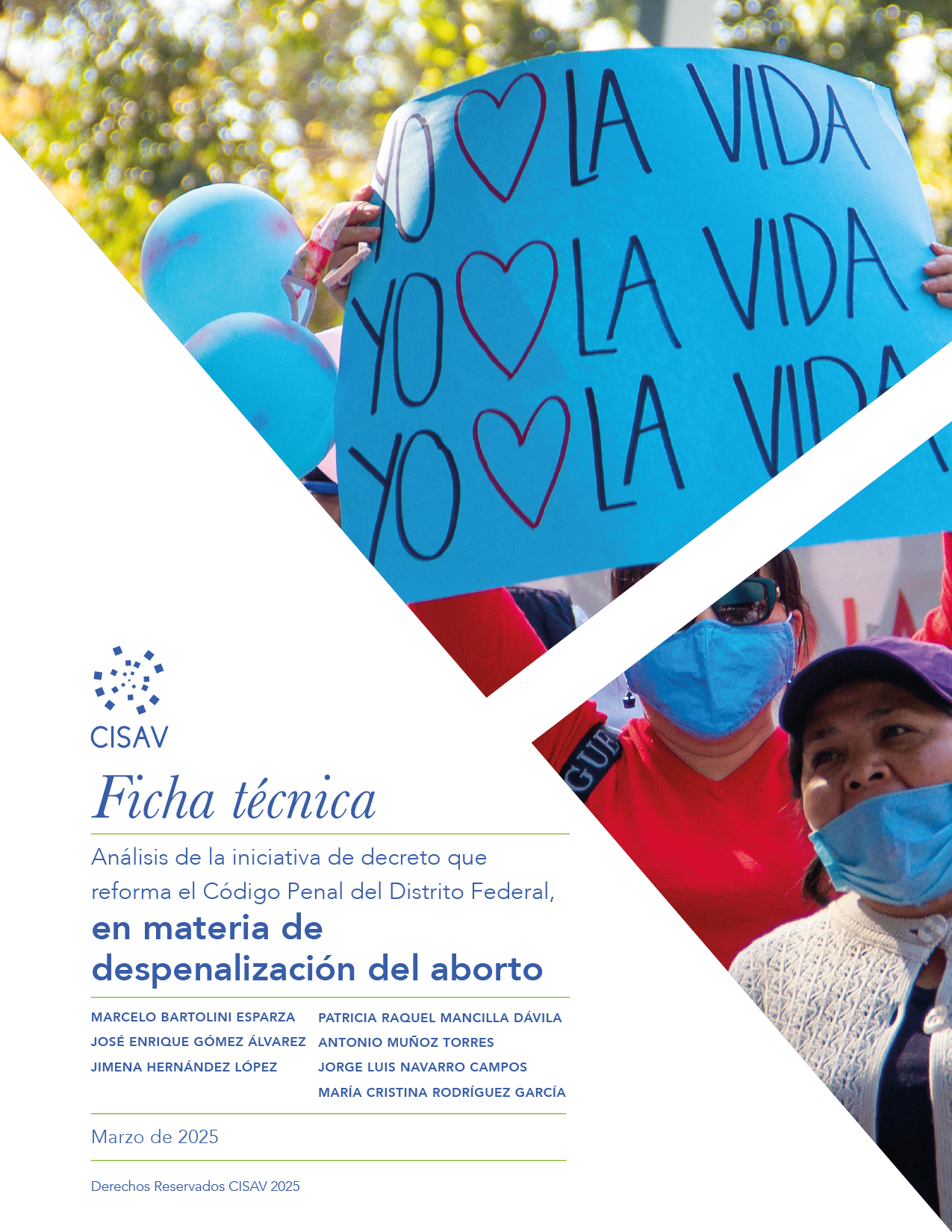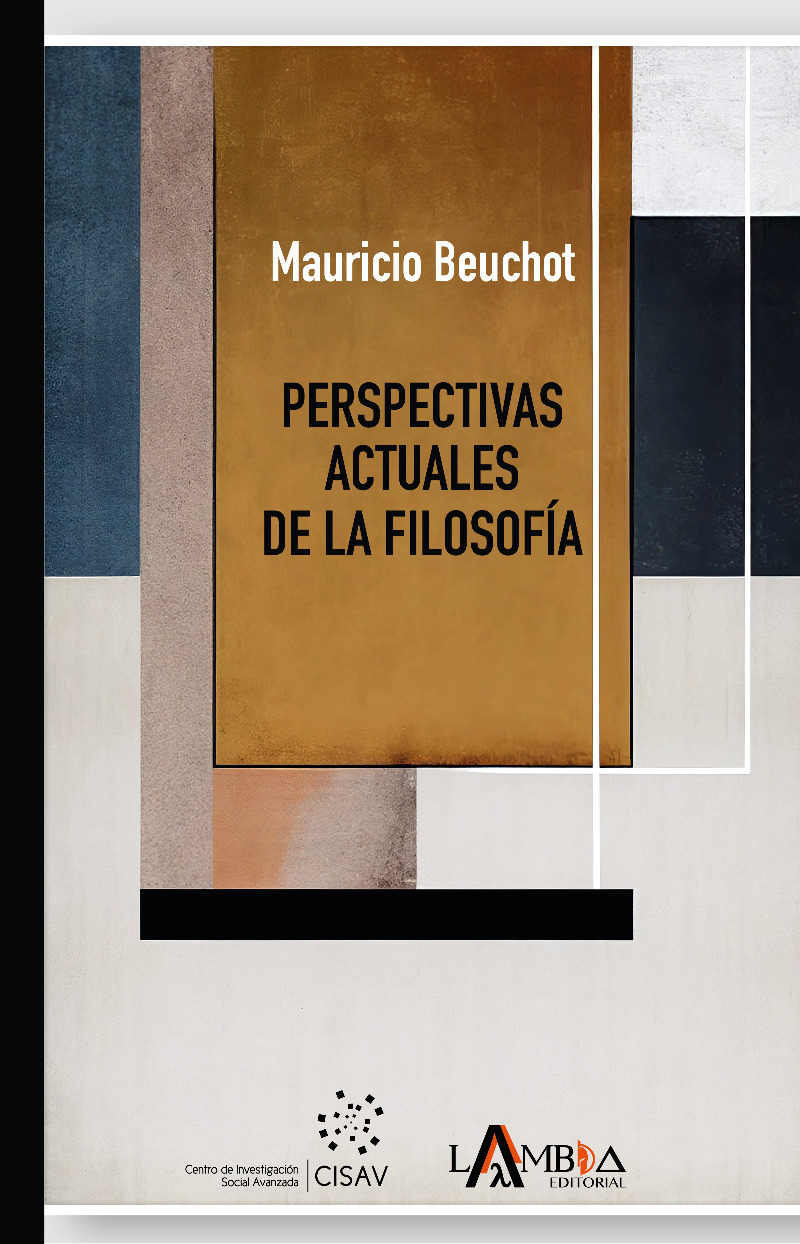Spanish version
– Translated by William Jolliffe
December (2013) marked the first anniversary of the publication of the judgment given by the Inter–American Court of Human Rights in the case of Gretel Artavia Murillo and Others (‘In Vitro Fertilisation’) versus Costa Rica. The confusion the verdict caused a year ago remains as real as the grave concerns about the future of the Inter–American commission on human rights.
Brief summary of the matter
The case brought before the court’s jurisdiction sought to determine whether or not Costa Rica had broken its international obligations, arising from the San José pact, by forbidding IVF. In 2000 it declared unconstitutional an executive order which regulated the assisted human reproduction technique known as In Vitro Fertilisation (IVF). The Costa Rican government argued (amongst other points) that the embryo could not be treated as an object, and that the present practice of IVF causes the death of a disproportionate number of human embryos.
Nine married couples alleged their human rights had been violated by the Costa Rican decision. In the end the Inter–American Court of Human Rights held that prohibiting IVF violated the plaintiffs’ individual integrity, freedom, private life and their fundamental human right to have a family. By the sentence Costa Rica was ordered (in the course of a long list of demands) to modify its legislation. Let it be said in passing, this demand came a few days before the deadline given by the Court for presenting a draft new law. Ideally this draft was to include the adoption of a regulation once again allowing IVF procedure in that country.
Interpreting article 4.1 of the San José Pact
As well as the foregoing points, the Inter–American court sought in its judgement (in the Gretel Artavia Murillo case), to interpret article 4.1 of the San José pact (also known as the American Convention on Human Rights, signed in 1969 at San José, Costa Rica). This is frequently cited, by both courts and jurists on an international level, as the most explicit recognition of the unborn child’s right to life now existing in an international treaty. After the title ‘Article 4: Right to life’, the text of Article 4.1 states:
“Every person has the right to have his life respected. This right shall be protected by law and, in general, from the moment of conception. No one shall be arbitrarily deprived of his life.”
Generally speaking, the Court’s work interpreting the case should have been to exactly specify what the signatory states wanted to undertake, as sovereign nations, in signing the San José pact in 1969. This was so that the Court should be able to demand that they fulfil the obligations they had actually committed themselves to.
In the case before us, the Court used its discretion to reach the following conclusions in interpreting Article 4.1:
In the first place it states “that the embryo cannot be understand as a legal entity for the purposes of article 4.1 of the American Convention”. [1] Secondly, it separates conception from fertilisation, holding that “‘conception’ in the sense of Article 4.1 takes place from the moment the embryo implants in the womb”, [2] therefore the Convention may not be applied before this moment. Thirdly, it asserts that, in accordance with the words ‘in general’, protection of the right to life cannot be absolute; “…rather, it is gradual and incremental according to the stage of its development. As a result of this, it does not represent an absolute and unconditional duty”. [3] It ends by declaring that “the object whose life is to be directly protected (in article 4.1) is the pregnant woman, essentially”. [4]
This interpretation of the Artavia Murillo case by the Inter–American Court of Human Rights has definitely left more than one observer puzzled, and the issue is not going to go away. This is because the court, a power which is supposed to have very broad capacity to interpret, adheres to the idea that this kind of interpretation must be enforced on an internal level in the countries which signed the San José treaty. This is through so–called ‘control de convencionalidad’; that is to say, the internal monitoring of laws by national judges with a view to identifying provisions that contradict international human rights standards.
It is difficult to accept the foregoing uncritically. The alert observer will inevitably raise questions about:
- What really were the wishes of the nations on signing the treaty about human rights in 1969 ?
- What interpretations of the treaty have there been, over the last 40 years ?
- What is the present interpretation in each country ?
A closer look at the San José treaty’s interpretation
One of the legal criteria for the interpretation of an international pact such as the San José treaty is to consider the subsequent conduct of the states who signed it. [5] What actions are we to call ‘subsequent conduct’ ? The implementation of the treaty which the signatory states have carried out. This is because in a way, one can say that such implementation provides us with the best evidence of the collective interpretation of those who were party to the treaty.
A close examination of how the signatory states have implemented the detail of the San José treaty, placing it in the context of IVF, will allow us to see how it has filtered through at an internal level, through the prism of each country’s legal framework. This will give us a correct idea about the current interpretation of the treaty signed in 1969, concerning human rights.
When we journey through the internal legislation of each of the 25 countries which subscribed to the Convention, [6] we find that following the signing of the San José accord, 6 countries altered their constitutions with the aim of freely granting definite legal recognition to the nasciturus [i.e. unborn child in Latin legal terminology]. Before this human rights treaty in 1969, only 2 national constitutions gave that kind of legal recognition.
Continuing the tour of examination of national laws, we note that in recent years three constitutional courts in Latin America have interpreted article 4.1 of the San José pact in such a way as to protect embryonic human life. This is when they have invoked or cited it to support a prohibition of the distribution of the morning after pill, on the grounds that article 4.1 grants judicial personality to the human embryo.
Analysis of civil legislation in Latin America shows that in the field of civil law there is protection for life which has not yet been born. This includes embryos, given that none of the civil codes of law makes any reference whatsoever to the time of pregnancy. Almost all the Latin American civil law jurisdictions recognise that the unborn human being has rights, which take shape and strengthen definitively when it is born alive. In general, the nasciturus [i.e. unborn child in Latin legal terminology] has a legal capacity to inherit, receive gifts and formal donations, and hold an inheritance with all its responsibilities. In some civil legal codes, even duties of material support and maintenance which apply from the conception of a baby have been enacted.
From the perspective of criminal justice, the logical consequence of legally recognising unborn life is that abortion should be considered as a crime. When we consider the present criminal law, we find that abortion has always been considered as a crime among the 25 states which are members of the convention.
We can note some points about the countries’ legal systems and legal practice. The first is in abortion legislation. Following the signing of the San José pact three trends can be seen.
The first trend has been to maintain the restrictive nature of abortion legislation in more than two thirds of the signatory countries. In the Dominican Republic, Venezuela, the Commonwealth of Dominica, Haiti and the Republic of Suriname, the prohibition on abortion is absolute; that is to say, no mitigating factors whatsoever can be considered. In another subgroup of 5 countries – Peru, Costa Rica, Guatemala, Grenada and Paraguay – the only mitigating factor which may be considered is danger to the mother’s health. The other countries – the Republic of Trinidad & Tobago, Jamaica, Brazil, Panama, Bolivia, Ecuador and Argentina – also stipulate absolving abortion from criminal punishment, in the case of rape.
Another trend in abortion law consequent on the San José pact has been to repeal mitigating factors. This has been done in Nicaragua, El Salvador, Honduras and Chile. We find the third trend, towards liberalizing abortion, in Barbados and Colombia, and decriminalisation of abortion in the first twelve weeks of pregnancy in Uruguay, and in the capital city of Mexico (though not in the rest of Mexico).
This allows us to see that in about two thirds of the countries which signed the San José pact, abortion is almost completely forbidden. Almost no country (with a few exceptions) has legalised abortion on demand.
Let us consider the legislative practice of the member states of the Convention concerning the so–called ‘assisted reproduction techniques’ such as IVF. Following a close examination of the 25 national legal systems we see that so far, the countries concerned have passed scanty legislation about these techniques (contrary to what was asserted by the Inter–American Human Rights Court in the Artavia vs. Costa Rica case). Only one country which signed the San José pact has a coherent body of laws about medically assisted reproduction. Other than Brazil, among the other countries one finds here and there partial secondary legislation concerning matters which occur as a result of the ‘techniques of assisted reproduction’; for example, civil laws on the subject of cohabiting couples, or considering the subject of “unlawful artificial human insemination” as a matter comparable in criminal law to the crime of rape.
There is an obvious difficulty in legislating about assisted reproduction techniques, on the part of the countries which signed the 1969 Convention. This is partly a reflection of contradiction within their own legal systems, for the majority of these recognise the personal character of the human embryo.
Turning to authoritative international statements, one notices that almost half of all Latin American countries have explicitly referred to the international commitments entered into by article 4.1 of the San José pact. They do so as one of the grounds for recognising that the nasciturus [i.e. unborn child in Latin legal terminology] is a legal personality. In this way they reject including abortion or interruption of pregnancy in documents which have some international consensual acceptance.
Continuing in the international field, we find that following the ratification of the San José pact, the great majority of Latin American and Caribbean states also ratified the United Nations Convention on the Rights of the Child. In its preamble, this convention defines a child as “every human being from the moment of conception until 18 years of age” [7]. That is to say, it includes the period of pregnancy within the child’s existence as a human being with legal rights, and it incorporates this legal definition at a national level, as the reports to the followup committee for the UN Convention on the Rights of the Child demonstrate.
As we can see from this very quick run through the legal systems, if we observe the San José pact in the way in which it has filtered through the legal systems of the countries that signed it, we find a range of legal norms, international formal statements and human rights instruments. These can help us unravel what were the intentions of the countries when they signed the convention in 1969, and enunciate what is the present interpretation of it.
Behind the details of the legislative developments, it is clear that the countries which signed the San José pact were in agreement about an open, unrestricted interpretation of its Article 4.1. They sought to include all human beings under the protection of the 1969 human rights treaty, regardless of their state of development. Besides the question of protecting unborn life, the majority of the signatory countries have interpreted Article 4.1 so as to give the state positive obligations to guarantee the life, health, personal integrity and development of all unborn children.
A closer look at the Inter–American Court of Human Rights
In its judgment against Costa Rica, the Inter–American Court of Human Rights showed ignorance of the practice of the states which signed the San José treaty, in interpreting article 4.1 of that treaty after 1969. We consider this ignorance extremely serious. To our way of thinking, the Court has departed both from the original wishes of those who were party to the treaty in 1969, and from the signatory states’ current interpretation of it (upon which many juridical norms have been based, within their internal legal systems).
This deplorable judgment allows all to see the lack of institutionalised proceedings for taking decisIons within the Court, as well as the legal uncertainties and inconsistencies which other academics from various institutions have spoken of. These shortcomings endanger the Court’s right to be accepted as the interpretative body for one of the most important human rights treaties on the American continent.
Both this unacceptable way of interpreting the San José treaty, and other recent decisions of the Inter–American Court of Human Rights, are seriously damaging the Inter–American commission on human rights. This is because the Court is excluding, in an arbitrary way, a group of human beings who were originally considered to be under its protection. All this is causing great concern and serious discontent among an important part of the Latin American population.
Decisions such as the judgment in the Artavia Murillo (In Vitro Fertilization) vs. Costa Rica 2012 case are putting the future and the viability of the Inter–American Commission on Human Rights at grave risk.
Notes:
[1] Artavia-Murillo (Fertilización in Vitro) vs. Costa Rica (2012), paragraph 264
[2] Ibid
[3] Ibid
[4] Ibid
[5] Vienna Convention on the Law of Treaties.
Article 31: General rule of interpretation.
3.b There shall be taken into account, together with the context … any subsequent practice in the application of the treaty which establishes the agreement of the parties regarding its interpretation.
( http://zvon.org/law/r/vienna.html#p~32 ; http://lawin.org/vienna-convention-on-the-law-of-treaties-3/ )
[6] The figures and the analyses mentioned in this section are taken from the forthcoming investigation by the Centro de Investigación Social Avanzada ( = Centre for Advanced Social Research ; http://cisav.mx/ ) entitled: ‘Interpreting article 4.1 of the San José Pact: review and analysis of the subsequent conduct of the states which signed the American Convention on Human Rights’.
[7] The author comments on the preamble to the United Nations Convention on the Rights of the Child: ‘This can be interpreted as protecting the unborn child from the moment of conception. This is because it establishes an upper, but not a lower, age limit for protection of children. Various academic authorities agree on this.’ ( “…every human being from the moment of conception until 18 years of age.” )











